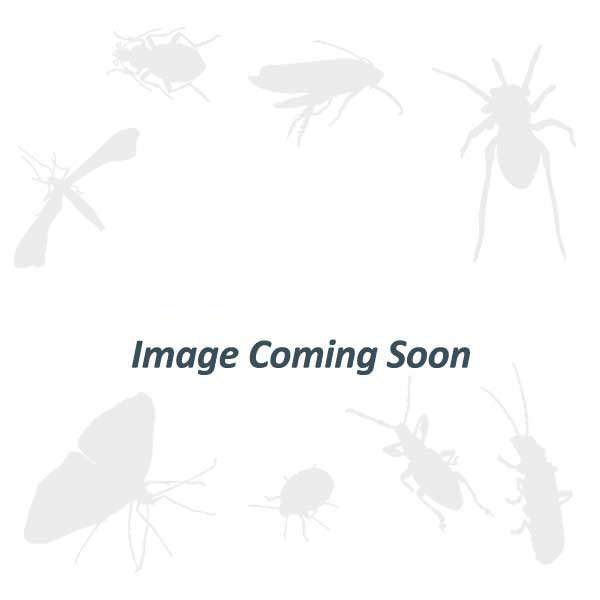Little Yellow Ants in Kailua Kona
In 2017, the little yellow ant was first observed in Fort Lauderdale, Florida, marking its inaugural appearance in the continental United States. Since then, it has spread throughout various regions. These ants create supercolonies featuring multiple queens and possess exceptional foraging abilities. Despite their tiny size, they dominate over other ant species, forming expansive colonies. Little yellow ants are adept at infiltrating homes and yards, often displacing indigenous ant populations.
Little Yellow Ant Habitat
Little yellow ant nests have been found in decaying vegetation, including branches on living trees and twigs lying on the ground. These ants feed on flower nectar and have been seen caring for aphids and consuming dead insects. In one instance, ants from the garden infiltrated a residence, likely in search of food. They were spotted on kitchen surfaces, particularly around pet food.
Little Yellow Ant Behaviors, Threats, or Dangers
While the little yellow ant doesn’t sting or bite, its small size belies its ability to dominate larger native ant species. In a Fort Lauderdale study, researchers noted how within just six months, little yellow ants supplanted a previously dominant bigheaded ant colony in the area. Colonies sprawled across several city blocks, each less than 2 mm long, making them challenging to spot. As they spread and proliferate rapidly, controlling them becomes increasingly difficult. If you suspect a little yellow ant infestation, it is recommended to contact a professional ant exterminator.
Need help with Little Yellow Ant control?
Leave your information below and we’ll be in touch with a FREE quote!
"*" indicates required fields
*During normal business hours. After hours calls will be returned the next business day.


![White footed ant on a white background. Ant removal services with [placeholder-comapny] in Kailua Kona](https://konacoastpestcontrol.com/wp-content/uploads/white-footed-ant-350x262.webp)


